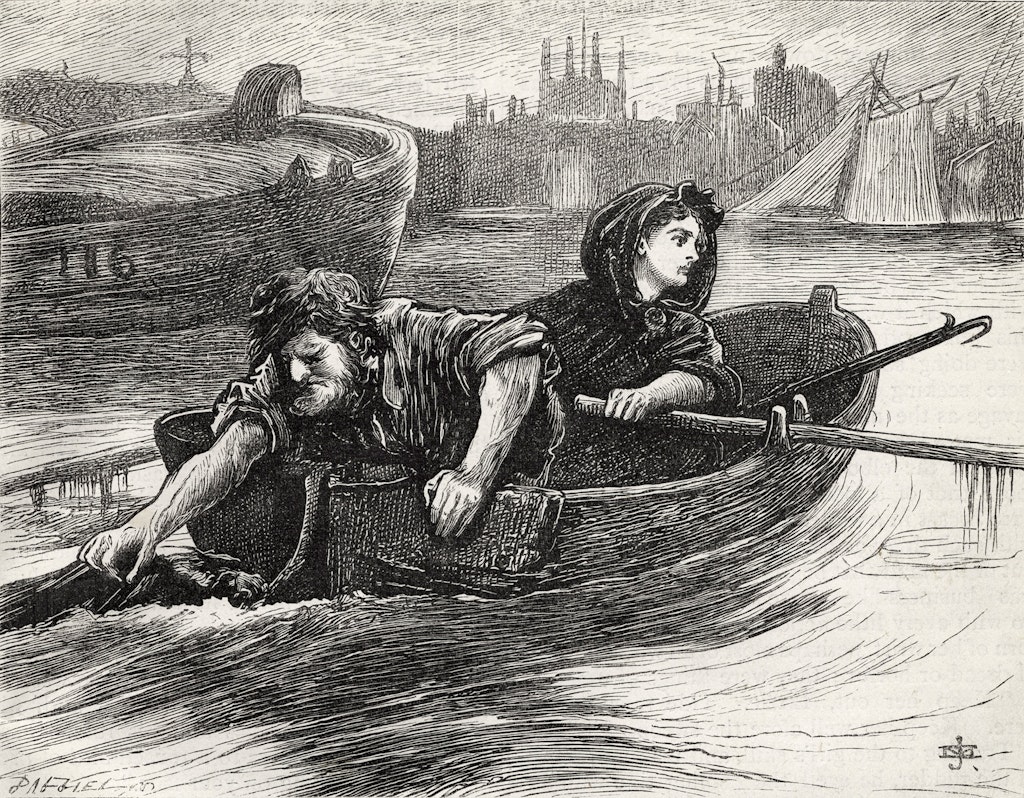Militantly waiting for the end of time
Sunni or Shia, Muslim or Christian, modern or pre-modern — messianism retains a potent attraction
This article is taken from the February 2023 issue of The Critic. To get the full magazine why not subscribe? Right now we’re offering five issues for just £10.
Newspaper readers in late 19th century Britain would have been well-acquainted with the idea of the Mahdi, the divinely guided redeemer of Islamic eschatology. A search for the term in The Times’s digital archive for the period 1880–1900 turns up 830 results. This interest in Islamic messianism was a response to the rise of Muhammad Ahmad, a Sudanese mystic who declared himself Mahdi in March 1881 and won a series of victories over Anglo-Egyptian forces, culminating in the conquest of Khartoum and the infamous killing of Gordon in June 1885.

Muhammad Ahmad is one of several Mahdis treated in the latest work of Yohanan Friedmann, a leading historian of Islam at the Hebrew University of Jerusalem. Though the Mahdi doctrine is especially associated with the minority Twelver Shii form of Islam, Friedmann turns his attention to Sunni Mahdis, in a welcome attempt to show that the theme is also “a vibrant part of the Sunni tradition”.
In Twelver Shiism, the identity of the Mahdi is unmistakable: he is none other than the Twelfth Imam, who disappeared in the late 9th century, but is believed to be still alive and preparing his triumphant return. Yet in Sunnism things are less clear cut. In the early centuries of Islam, a widespread belief held that the Mahdi would be Jesus, whom the Koran calls “the Messiah” and who, according to the Hadith, will return in the last days to defeat the Antichrist and impose Islam by force. Yet as Muslims sought to differentiate their religion from Christianity, this identification was gradually downplayed.
This left the field open for other claimants, of whom Friedmann concentrates on four. Besides the Sudanese Mahdi, we are introduced to Ibn Tumart, a Berber who proclaimed himself Mahdi around 1120. His revivalist movement, the Almohads or “Pure Monotheists”, ruled over large swathes of North Africa and Spain between 1130 and 1270. There is also Muhammad Jawnpuri, a Gujarati mystic who staked his claim in 1495, establishing the Sufi-inspired Mahdawi movement. Mirza Ghulam Ahmad, the founder of the Ahmadiyya in British-ruled Punjab, claimed to be the “renewer” of Islam, the Mahdi, the Messiah, “the likeness of Jesus” and, most contentiously, a prophet.
Their messianism was often mired in anti-Jewish tropes
With a caution befitting a proper historian, Friedmann hesitates to press this diverse material into a general model of Sunni messianism. Nevertheless, certain themes do emerge.
With the exception of the Ahmadiyya, something of an outlier here, the values of these messianic movements are conspicuously anti-modern. The Mahdi demanded total obedience: “The command of the Mahdiī is a decree and whoever dissents will be killed,” wrote the Almohad Mahdi Ibn Tumart. They were deeply intolerant and exclusivist, declaring, like the Kharijites of early Islam, that anyone who did not join their movement was an unbeliever.
They were extreme ascetics, requiring followers to separate themselves from their families and wider society: “The existence of worldly life is infidelity,” declared Muhammad Jawnpuri, who obliged his Mahdawi devotees to make a hijra — or emigration — from society just as the Prophet Muhammad and his early followers left Mecca for Medina. They generally — though the “peaceful Mahdi” Mirza Ghulam Ahmad is an exception — adopted a highly militant interpretation of jihad: for the followers of the Sudanese Mahdi, death was said to be “sweeter than honey”. Their messianism was often mired in anti-Jewish tropes.
The mahdist movements anticipate the radical Islamists of the present day
Above all, the mahdists shared a teleological conception of history. In The Pursuit of the Millennium, Norman Cohn observed that revolutionary millenarianism thrives when “history is imagined as having an inherent purpose which is preordained to be realised on this earth in a single, final consummation”.
Friedmann’s book helpfully shows how this applies to the Islamic context, too. In the view of these messianic movements, the time of the Prophet Muhammad was a golden age, since which the world had been undergoing an inevitable process of decline. Yet with the coming of the Mahdi, who was believed to share a mystical affinity with the Prophet, the ethos of the prophetic age had been restored, and history had attained its purpose.
An underlying theme of Friedmann’s book is that, in various ways, the mahdist movements anticipate the radical Islamists of the present day. Whilst it is often dangerous to approach historical material with modern events in mind, millenarianism, as Shiraz Maher and David Wasserstein (among others) have shown, is central to the jihadist worldview. Friedmann’s study provides important historical depth for understanding this key element of radical Islamist ideology.
More generally, Friedmann reminds us of the potency of the messianic idea. In The River War, his account of the Anglo-Egyptian reconquest of Sudan, a young Winston Churchill wrote of how the Sudanese Mahdi’s devotees “existed in a new and wonderful world of imagination”. For Sunnis as well as Shia, Muslims as well as Christians, moderns as well as pre-moderns, that world of imagination retains a powerful attraction.
Enjoying The Critic online? It's even better in print
Try five issues of Britain’s newest magazine for £10
Subscribe














